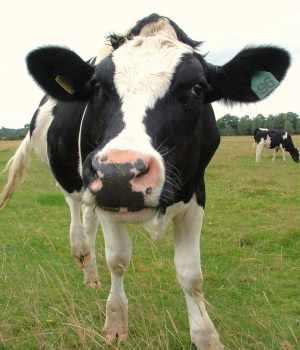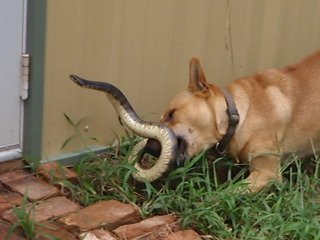
BSE (Bovine Spongiform Encephalopathy) better known as Mad Cow Disease is caused by a protein found in contaminated food. Called Prions, they infect the tissue of an animal’s nervous system. Proteins in the nervous system become deformed and eventually cause BSE.
The cow in California found to have BSE over a month ago may have developed the disease spontaneously. While this is rare, it can occur. Also, BSE can take a long period of time to develop in an animal.
Protecting your pet from BSE requires reading pet food labels very carefully. The source of meat should be named, ie lamb, beef, etc. Avoid foods that list only the word “meat”, bone meal or meat by-products. These foods may contain meat from “downer” cows, cows that can’t stand up and may be at higher risk for BSE. They are sent directly to slaughter without being tested.
Discovering the California cow with BSE was quite accidental in spite of the meat industry claims that adequate safety measures are in place. The number of cows tested is about 40,000 compared to those slaughtered for food which is about 34,000,000. Dr. Jennifer Coates, whose blog is called “Fully Vetted,” tells us that it amounts to 0.1% cows tested. This does not sound like good food safety regulations are being practiced in the U.S. European countries have a much better record for testing meat animals for BSE.
It was originally thought that only cats were affected by BSE. But it has since been found in other animals including dogs. With all the recent recalls of many kinds of pet foods, we need to carefully check what we feed our pets and ourselves.


